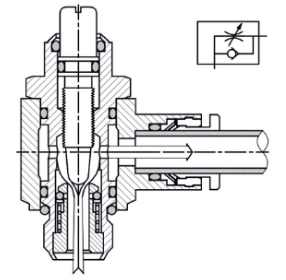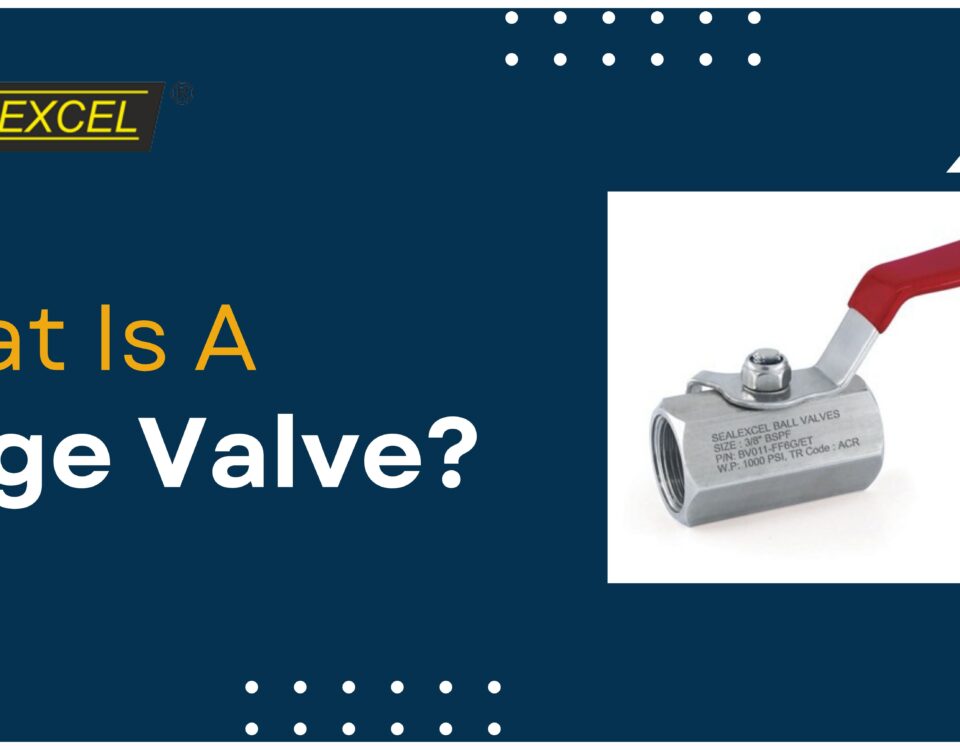Advantages of Block and bleed Valves
March 20, 2017Pressure Control Valves: Bleed Valves And Purge Valves
June 20, 2018Check valves can be very confusing especially to those that do not comprehend how well they function. From plant workers to technicians they have often assumed that these valves do not function and have even gone an extra mile to change the plant setting so as to avoid using check valves. This article is aimed at enlightening you on how they are used, where they are used and its advantages over certain types of valves. Unlike most valves, pneumatic check valves ensure that backflow is restricted at any moment. That is the reason why they only support one direction of flow which is not the expectation of many that wish to work with it. As much as most people avoid using it in their connections it is fast becoming a common choice for both home and industrial connections. One point you do not have to forget is that they function at all times regardless of the presence of electricity because they are self-automated.
Different Types of Check Valves
Check valves exist in many types fitting the environment in which they are being used. The more popular types include dual plate, nozzle, piston and even the swing valves. Each of these valves is useful in different situations you just have to pick the right one. It is also appropriate you discuss with the manufacturer or supplier to get the best valve. What most people do not comprehend is that there is no one valve that can be used for all connections instead it is the knowledge that one has that will help them with what valve suits where.
How to Select the Right Valve?
As mentioned above, check valves are made in various forms. It is therefore up to you to know the details to scrutinize and pick the right one. You have to consider the material compatibility with the connection medium, for instance, the end connection, the size of the line, and even the installation.
Installation Process
When installing check valves the direction of flow has always been the main concern to note. Be on the lookout for the flow arrow which will direct you on which direction the valve should face when being installed. Make use of the valve user guide or manual that will tell you the correct form of installation of the different valves in their areas of use. It can be very detrimental to install a check valve and be forced to disassemble the connection because of interference or incorrect installation of the valve.
On a concluding note, you need to know that valves function just like doors. The concept of opening and closing is the same. If the valve discs, however, open and close repeatedly they start to weaken and may end up falling off causing disrupt in the flow that the valve is supposed to control. Being careful with your purchase and installation will prevent you from making mistakes like using a high valve in a system with low flow. The manufacturer or supplier should help you pick the right pneumatic check valves by helping you review the application where it is needed and the service conditions. This is just to prevent future wastage of both time and money on replacements.



